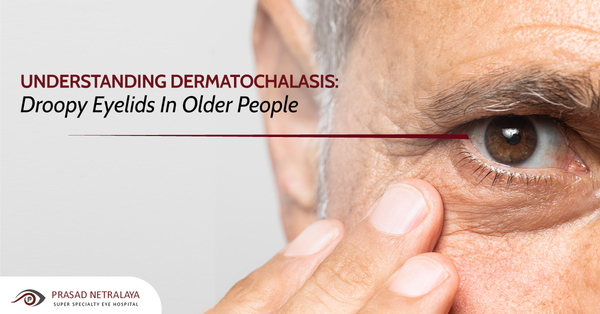Most people are aware of nearsightedness or myopia — when you can see nearby objects clearly, but far away objects are blurry. Many are also aware of farsightedness or hyperopia — which is the opposite of myopia. But did you know that there is a third condition that results in general blurry vision? This condition of the eye is called astigmatism. Let’s take a closer look.
Table of Contents
What Is Astigmatism?
The ideal shape of the front portion of the eye is a round sphere. However, when your eye isn’t completely round, the light entering your eye does not bend properly which results in blurred or wavy vision. This condition is called astigmatism.
Astigmatism can occur along with nearsightedness or farsightedness. The three conditions are called refractive errors, which is a reference to the fact that they affect the way your eyes bend (refract) light.
Symptoms of Astigmatism
The symptoms of Astigmatism may include:
- Blurry or distorted vision
- Eyestrain
- Headaches
- Difficulty seeing in the dark
Causes of Astigmatism
There is no clear understanding yet of why many people are born with astigmatism. But you can also develop this condition later in life after an eye injury, eye disease or surgery.
In some cases, keratoconus — which is a condition that makes the cornea of your eye thinner and more cone-shaped — can lead to astigmatism. Finally, you can also develop astigmatism from prolonged reading in low light or sitting too close to a screen.
How is Astigmatism Diagnosed?
Are you wondering if you suffer from astigmatism? Then all you need to do is go to an eye doctor, and they will conduct an eye exam to diagnose it.
These tests for astigmatism will identify if your eyes are bending the light entering them properly or not. If there does seem to be a problem, your doctor will conduct further tests to determine what types of prescription glasses will help correct the problem. That leads us to how astigmatism can be treated.
Treatment for Astigmatism
There are two ways in which astigmatism can be treated — with corrective lenses or refractive (LASIK) surgery. Let’s look at both:
Corrective Lenses
Wearing prescription glasses or lenses can help treat astigmatism by smoothing out the uneven curvature of your cornea.
- Eyeglasses make light bend into your eye correctly and they are the best solution if you do not want to spend too much. They are simple and straightforward to use.
- Contact lenses can work just as well as eyeglasses to correct astigmatism.
Both eyeglasses and lenses have pros and cons. You can speak to your ophthalmologist about the best option for you.
Refractive Surgery
There are several types of refractive surgeries that can correct astigmatism. If you choose to get surgery, then you won’t need to wear eyeglasses or contact lenses. The most popular refractive surgery is known as LASIK surgery. Some other types of refractive surgeries are Laser-assisted subepithelial keratectomy (LASEK), Photorefractive keratectomy (PRK), Epi-LASIK, and Small-incision Lenticule Extraction (SMILE). Surgery is not suitable for everyone and it’s best to consult your doctor to see if you qualify.
If you are suffering from nearsightedness or farsightedness along with astigmatism, you can rely on the same treatments mentioned above to correct your vision.
If you feel you have any symptoms of astigmatism — the best place to get your eyes checked in Mangalore and Udupi is Prasad Netralaya. Our qualified ophthalmologists will help you in astigmatism correction and are also equipped to perform LASIK surgery. Call us at +91 9513596565 or book an appointment if you wish to visit in person.



